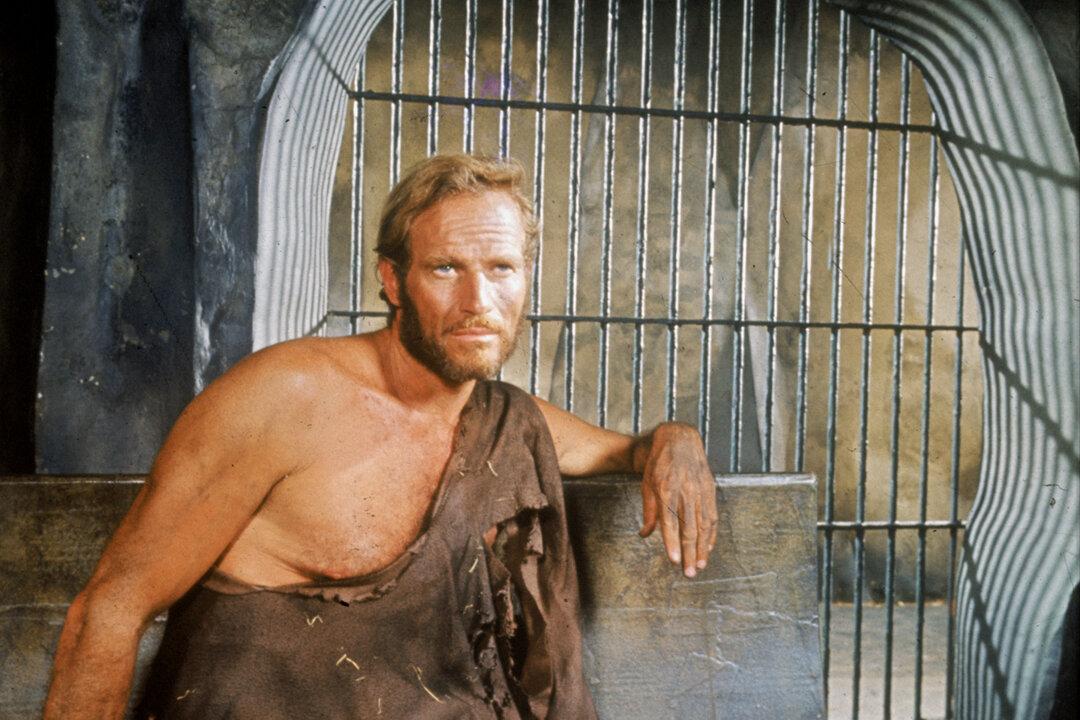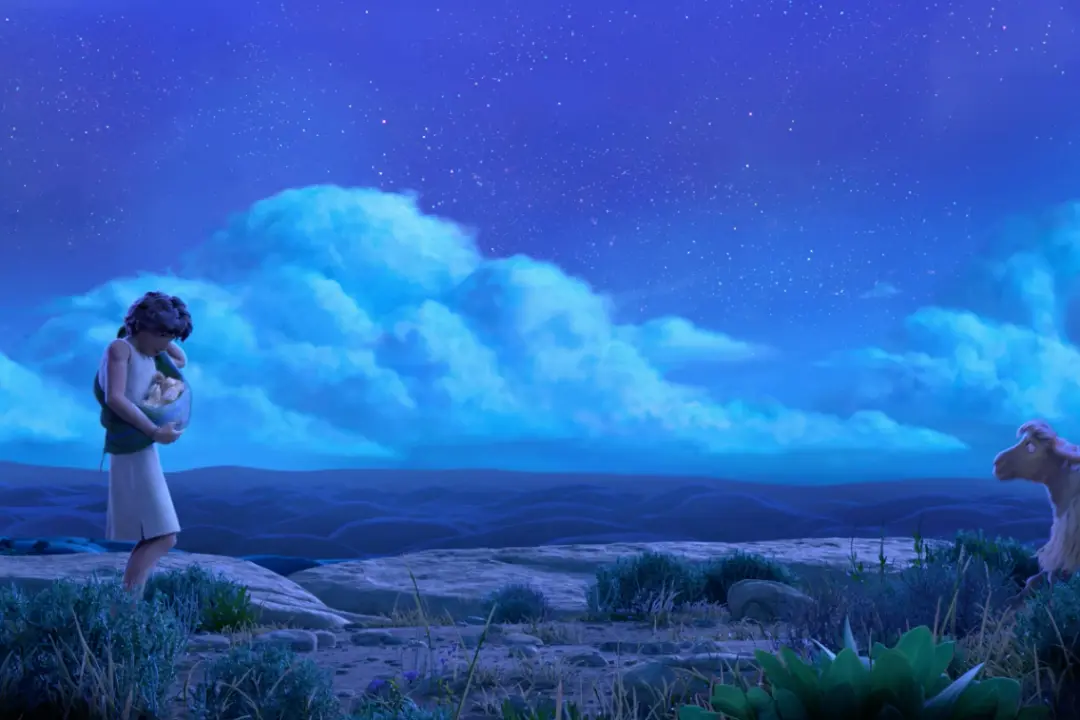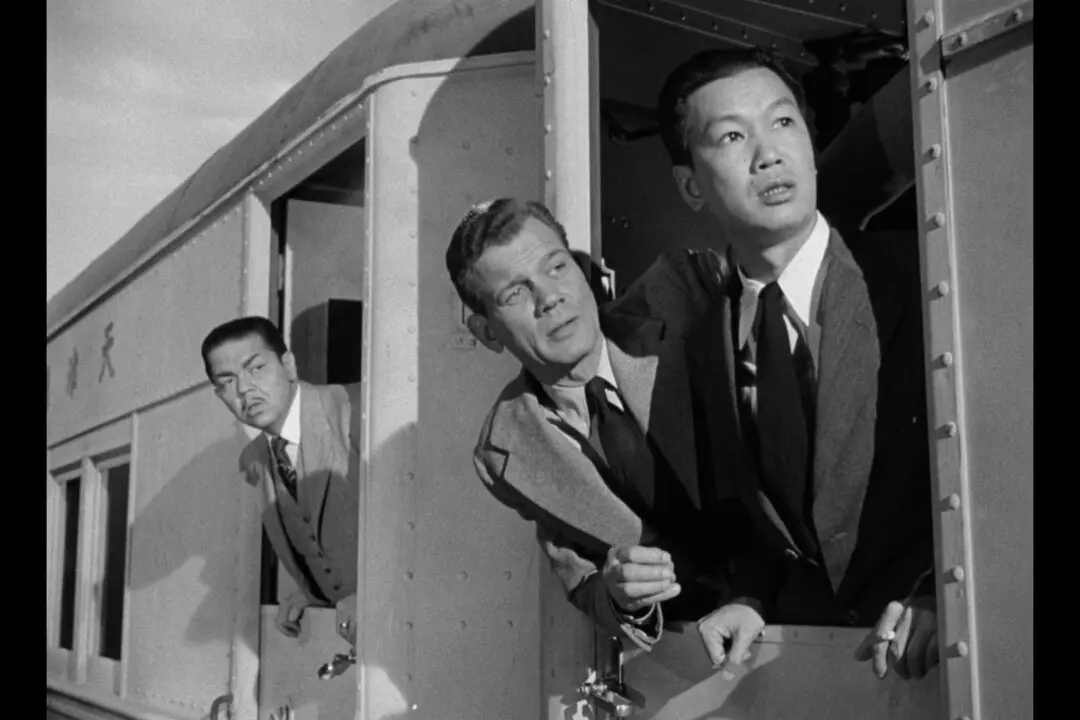In “The Ten Commandments,” Rameses II is about to summon a traitor before his father, Sethi. Both men, exquisitely clean-shaven, are so decorated that you have to peer past ancient Egypt’s golden finery to see their faces. Royal ladies hover near the throne, their flowing robes kissing the marble floor.
Rameses commands, “Bring the Hebrew in!”





